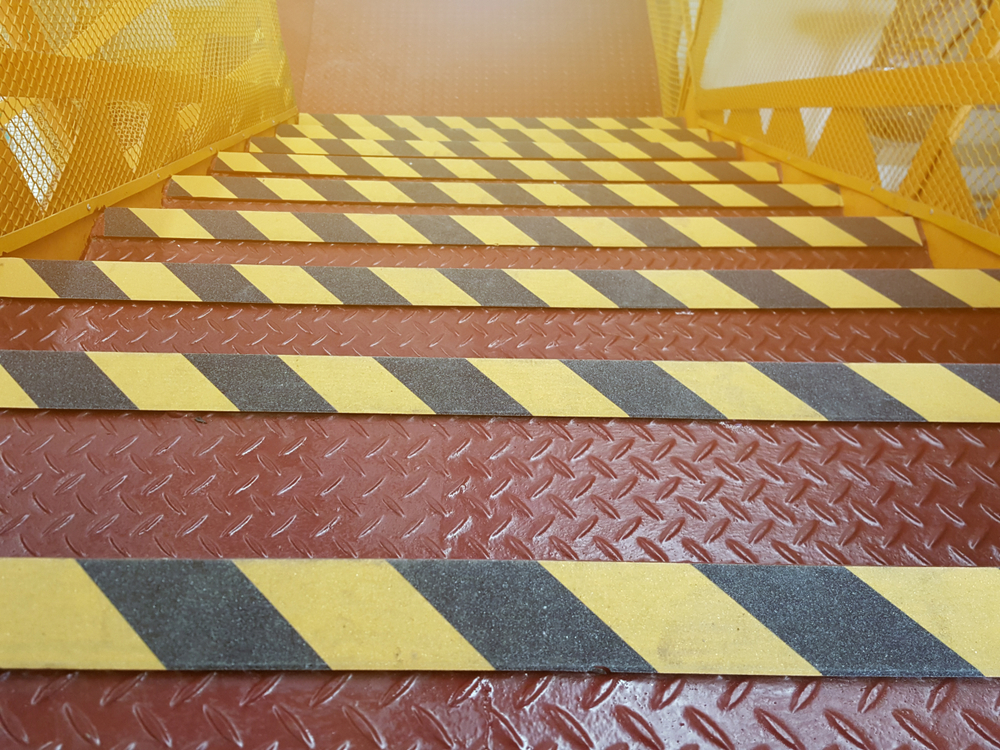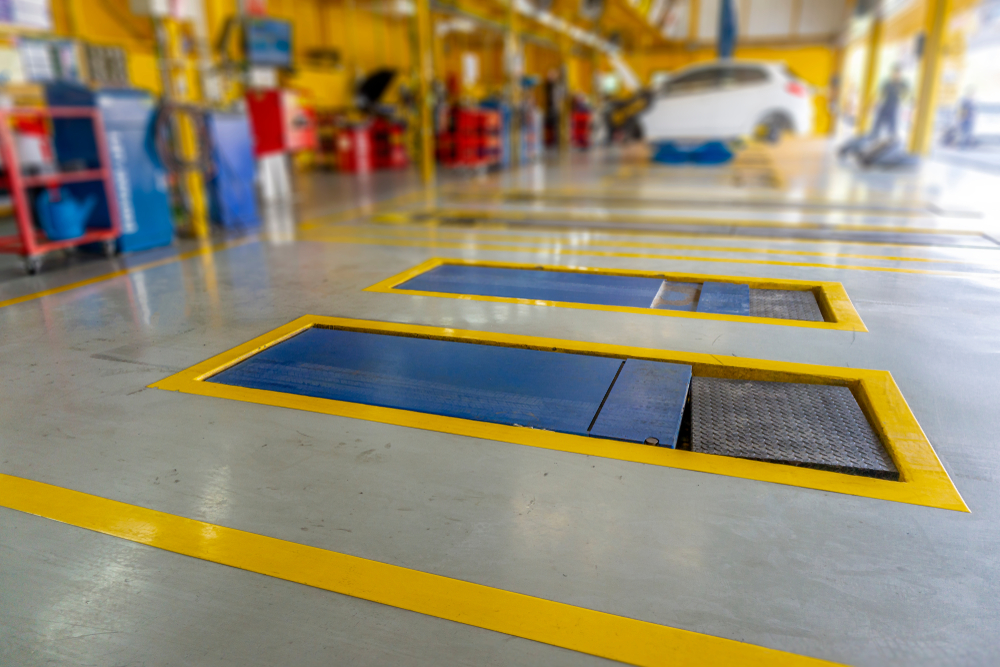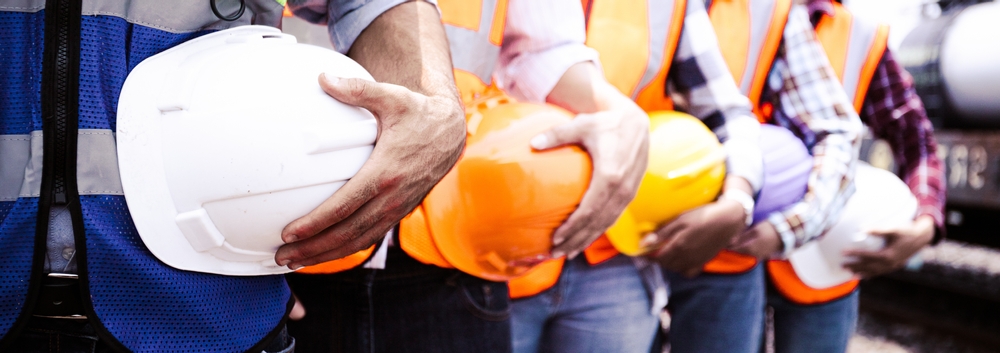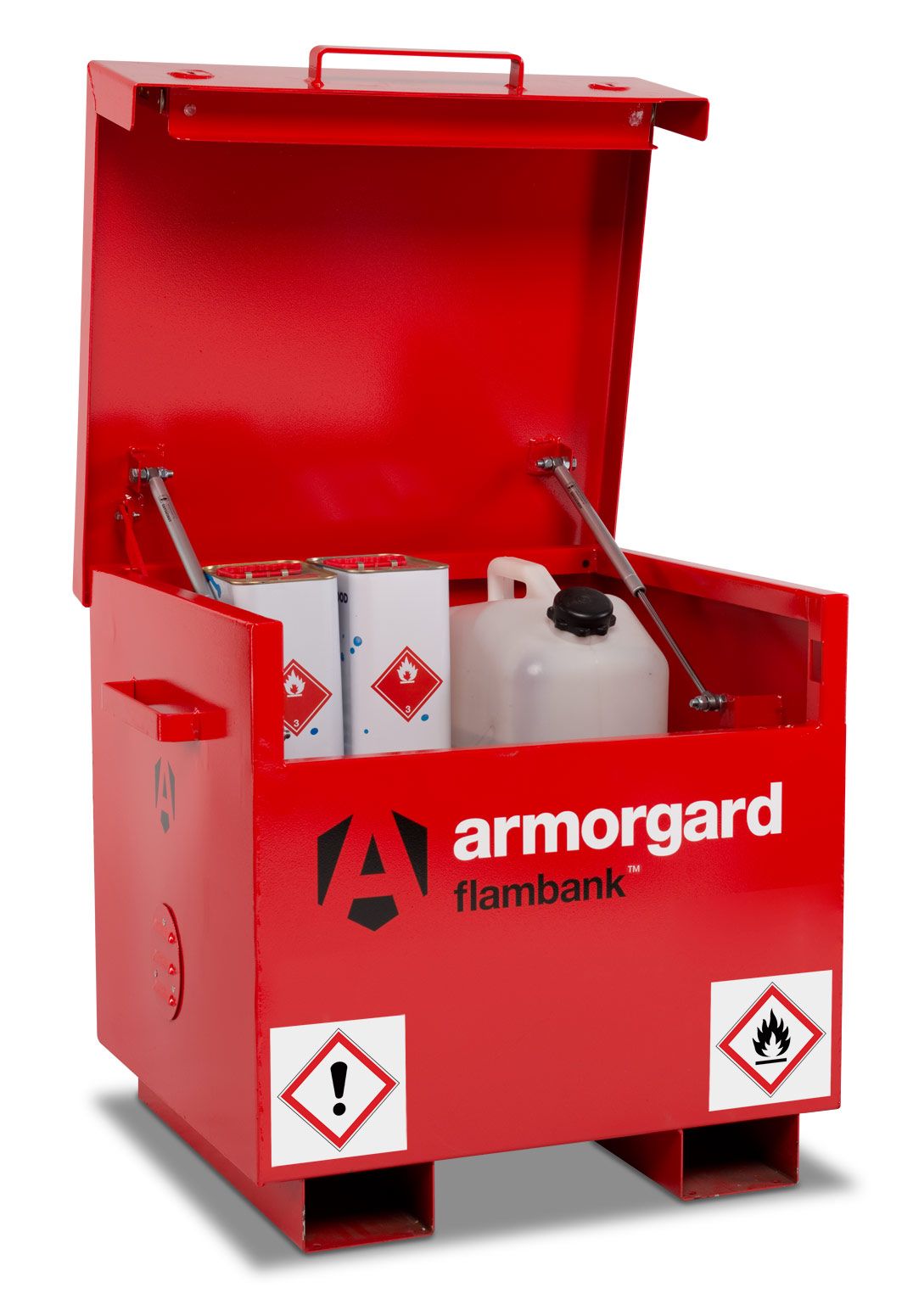Fire safety is an essential element of any business owner’s health and safety responsibilities, yet it’s something that often gets overlooked in professional environments where the risks are not immediately obvious. For those operating commercial kitchens or industrial sites, fire prevention will naturally be one of the first priorities; in office-based environments, on the other hand, it can become much easier to neglect this crucial issue.
It’s therefore vital for office managers to properly consider the potential dangers that a fire could cause to their organisation and workforce. Not only could a blaze put the lives of staff at risk, but it could also destroy vital equipment, company documents and other resources; for example, even a relatively small server room fire could wipe out an entire corporate database, jeopardising the entire future of the business in just a few minutes.
As such, organisations should be thinking about the most common causes of office-based fires when carrying out routine risk assessments, and take steps to minimise the danger. As with most aspects of workplace health and safety, a small amount of care and consideration taken in advance can go a long way to preventing significant damage and danger further down the line.
1. Faulty or defective electrical equipment
The problem
In modern office spaces, the biggest fire risk is likely to be caused by the ever-growing quantity of electrical equipment upon which they depend. Any well-staffed office is inevitably going to need dozens of computers, monitors, scanners, printers, phones and lights to get anything done - and all of these devices need to be plugged in somewhere.
It’s at this point that problems can arise, as many older offices may unknowingly be connecting their equipment to damaged or loose plug fittings, or overloading the sockets by plugging too many machines into the same power outlet via extension cords. Alternatively, fire risks could also be created by leaving devices running for too long without giving them any time to cool down, or by allowing the vents they rely upon for air circulation to get blocked.
How to avoid it
If your business uses large amounts of electronics, then take the time to keep them properly maintained. Make sure all sockets are attached firmly to the walls, check the amp limits for each power outlet or extension lead to avoid the risk of overloading, and ensure that equipment is kept in a well-ventilated space and switched off when not needed.
Additionally, you should make sure to repair and replace any faulty or temperamental equipment before it becomes a risk. After all, the investment cost of regularly upgrading your technology will be much less than the losses you’d sustain if a fire broke out as a result of a frayed wire or broken cooling fan!
2. Flammable or combustible materials
The problem
In an average office, it’s unlikely that you’ll be handling many flammable fuels or volatile chemicals, but that doesn’t mean your working space isn’t still going to be filled with potentially combustible items. Paper, wood and cardboard can all be potent fuel for a fire that’s already started, while the same is true for office supplies like glue and solvents.
In many cases, office-based fires have less to do with the type of material on site and more to do with the quantity. A cluttered office can be a fire hazard in and of itself, as this leads to the buildup of dust and grime that causes machinery to overheat, and can also potentially make it harder for workers to evacuate the premises in case of emergency.
How to avoid it
A tidy office is also likely to be a safer office, so take the time to ensure that essential supplies are stored in a safe, orderly manner away from any potential heat sources. Carrying out regular cleaning and inspections to make sure that your working space is organised and decluttered will also improve safety - with the added benefit of fostering greater productivity and wellbeing.
3. Cooking
The problem
Most workplaces today have some kind of on-site kitchen area or cooking facilities available for staff to prepare meals and refreshments throughout the day. While this is a positive development, it also introduces a whole host of new fire risks to the office that staff may not be consciously aware of, meaning many office fires start in the kitchen.
Microwaves, toasters, kettles and dishwashers can turn into fire hazards if they are improperly used or poorly maintained, while it’s also easy for workers to leave their cooking unattended over the course of a busy day, resulting in a smoke-filled office.
How to avoid it
Once again, making a priority of keeping kitchen equipment and appliances properly maintained should be considered essential; it’s also a good idea to make sure that fire blankets and fire extinguishers are readily available in kitchen spaces, as these will be the main source of heat-producing devices for many offices.
4. Human error and worker negligence
The problem
As with most health and safety issues, the most common cause of fire safety issues is simple human error or negligence. Even a well-run and well-maintained office can be put at risk by basic mistakes, whether this be spilling water over electronics, using equipment incorrectly, leaving flammable materials near a heat source, or failing to report a hazardous situation as it emerges.
Such incidents are usually accidental, and are often a consequence of staff being preoccupied with other matters; however, the fact is that even one mistake like this can undermine even the most robust health and safety policy and leave the entire office at risk.
How to avoid it
Providing workers with thorough and regular training on all aspects of your company’s health and safety and fire prevention policies is essential to securing the buy-in of every member of staff. Efforts should be made to provide everyone in the office with clear guidance on the steps they should take to reduce the risk of fire, as well as giving them the opportunity to ask questions and come to their own understanding of why this is such a high priority.
Once everyone has gotten to grips with the basics, it’s also worth investing in safety signage and written guidance for staff to consult at any time, as well as assigning a member of the office the responsibility of overseeing these safety measures. By doing so, you’ll be able to ensure that all of your office-based staff are well-versed in fire safety, and know exactly what to do if an emergency does occur.
5. Arson and sabotage
The problem
Though it’s an unpleasant thought to consider, business owners should be aware of the fact that a not-insignificant percentage of office fires are not started by accident.
Arson attacks can be devastating to any organisation, whether they are motivated by mindless vandalism or intentional sabotage. Many managers fail to take into account the possibility of intentional damage when developing their approach to health and safety - an oversight that criminals of this kind are counting on.
How to avoid it
Of course, there’s no foolproof way to anticipate or prevent a malicious or criminal act, but the risk can certainly be mitigated by investing in deterrents such as CCTV and motion-sensitive lighting. Protective systems like sprinklers and fireproof shutters, meanwhile, can play a vital role in limiting the damage that arson attacks can cause.
Office managers should also be thinking about who has access to their premises as part of their risk assessment process; by ensuring that only authorised personnel are able to get in, you’ll be greatly reducing the chances of anyone entering your office with the intention of doing harm.
Taking steps like these can make all the difference between an office that’s at risk of a dangerous blaze, and one that provides your workers and business assets with the safety and security they require. To find out more about the kind of equipment that can help you eliminate these common causes of office fires, visit the SafetyBuyer fire safety hub and browse our full range of solutions.
 Over 12,000
Over 12,000  Simple no quibble
Simple no quibble  Prompt dispatch &
Prompt dispatch &  UK Mainland Delivery
UK Mainland Delivery 













